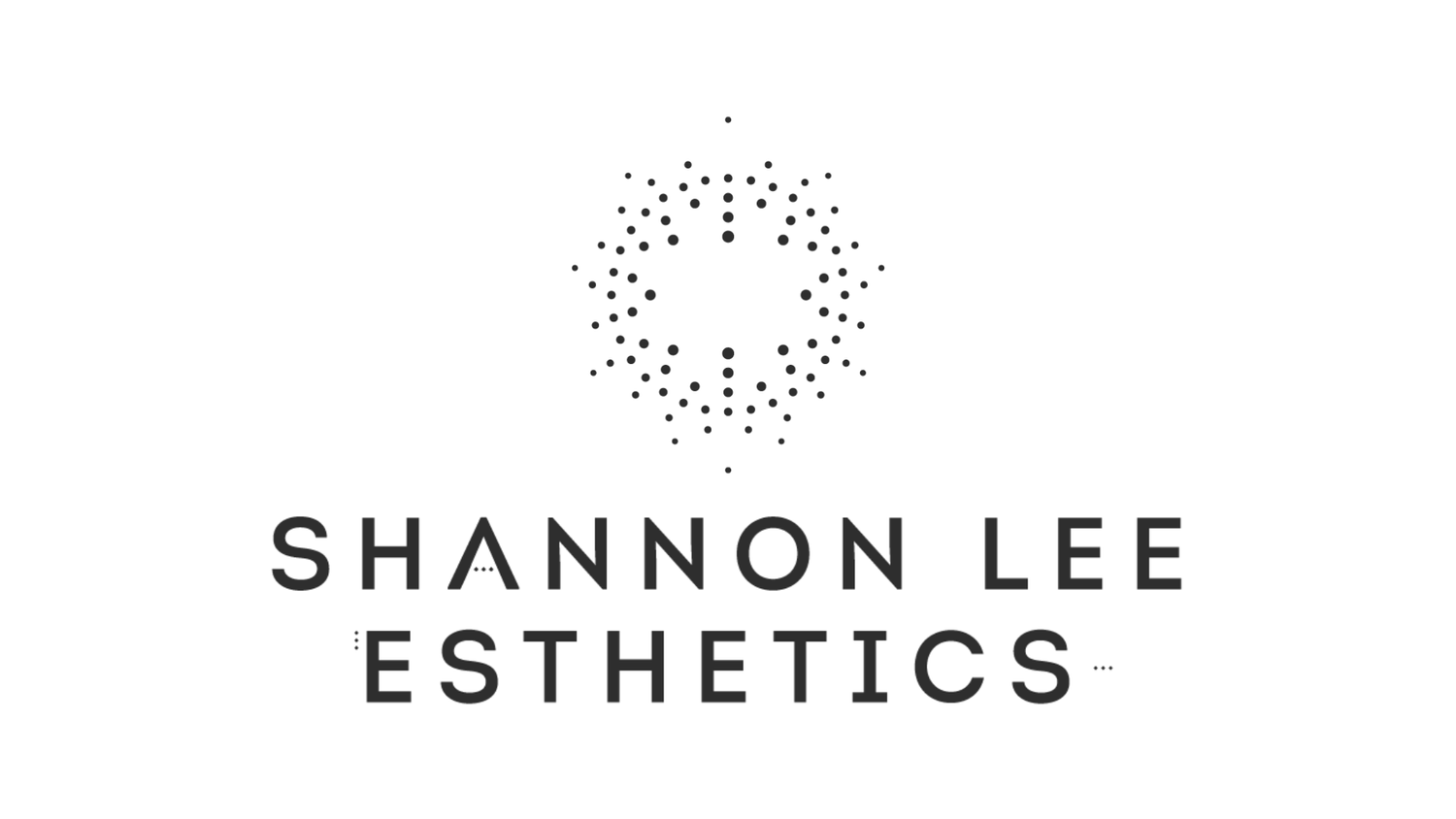TCA Peels: Does the Percentage Really Matter?
Short answer: YES! but it’s not the only thing that matters.
TCA (trichloroacetic acid) is a powerhouse ingredient in medium-depth peels that can target pigmentation, acne scars, and texture. But more isn’t always better.
What the % actually tells you:
Lower concentrations (10–15%) = gentler peels, usually in a series.
Medium (20–25%) = more aggressive results, but longer downtime.
High (35%+) = deep peels, often performed under medical supervision.
It’s Not Just About Numbers—Here’s What Really Impacts Your Peel Results
When it comes to chemical peels, especially TCA, the percentage listed on the bottle is just one piece of the puzzle. There’s so much more happening behind the scenes that can make or break your results—literally.
Let’s break it down:
Skin prep is everything
Your skin shouldn’t just walk into a peel unannounced. Prepping with ingredients like retinoids, brighteners, or hydrating serums (depending on your skin type) helps your skin tolerate the acid better and boosts your glow. A well-prepped face will always respond better, even to lower concentrations.Your Fitzpatrick skin type matters
TCA peels affect different skin tones in different ways. Deeper skin tones (Fitzpatrick IV–VI) are more prone to hyperpigmentation and require special care, gentler percentages, and often a pre-treatment regimen to avoid post-inflammatory issues. One-size-fits-all? Not here.Application technique counts—A LOT
How long the peel sits on your skin, how many layers are applied ,and how it’s neutralized (or not)—these are all decisions that affect how deep the peel goes and how your skin responds. A perfectly performed 15% peel can do way more than a rushed, careless 25%.The pro factor
This isn’t kitchen DIY territory. A licensed and experienced professional won’t just look at your skin—they’ll ask about your lifestyle, your goals, and how your skin reacts in real life. That way, they can choose the right peel, at the right strength, for you.
Final word? It’s not about chasing the highest percentage—it’s about getting the smartest treatment. Because the goal isn’t to peel more… it’s to heal better.
There’s a science to glow, and it starts with trusting the right hands.
More peel talk (and real talk) coming soon.
Shannon Marks

